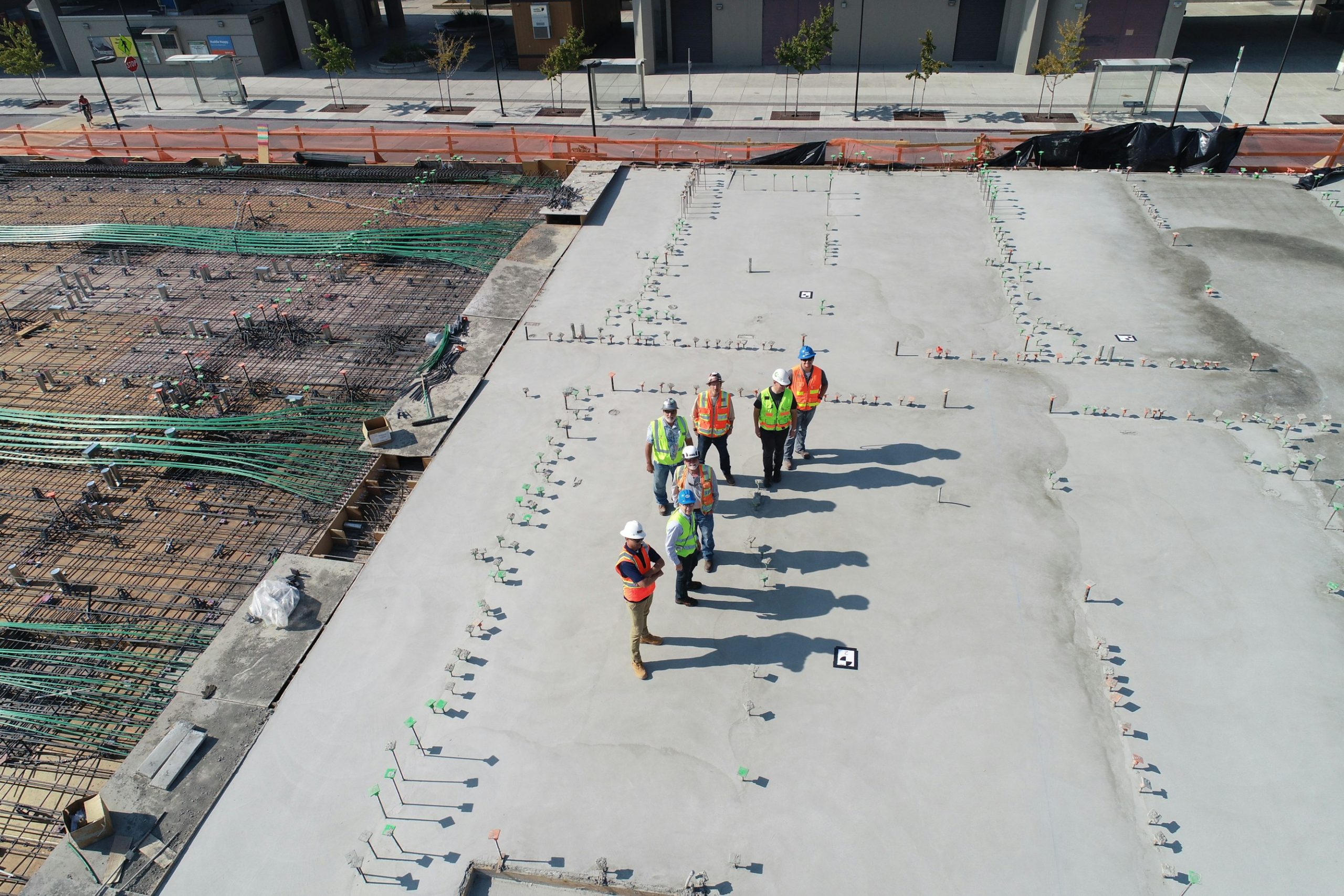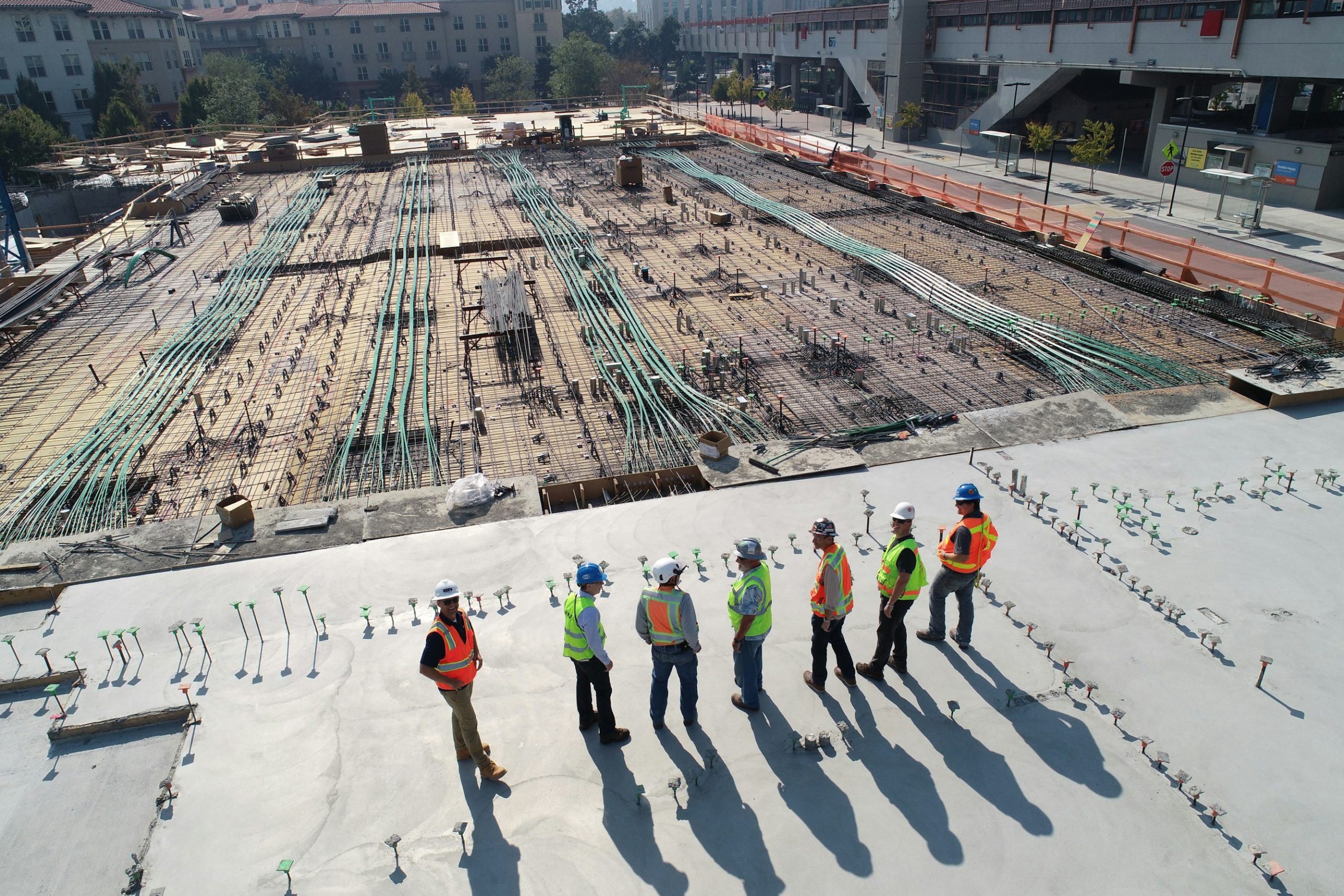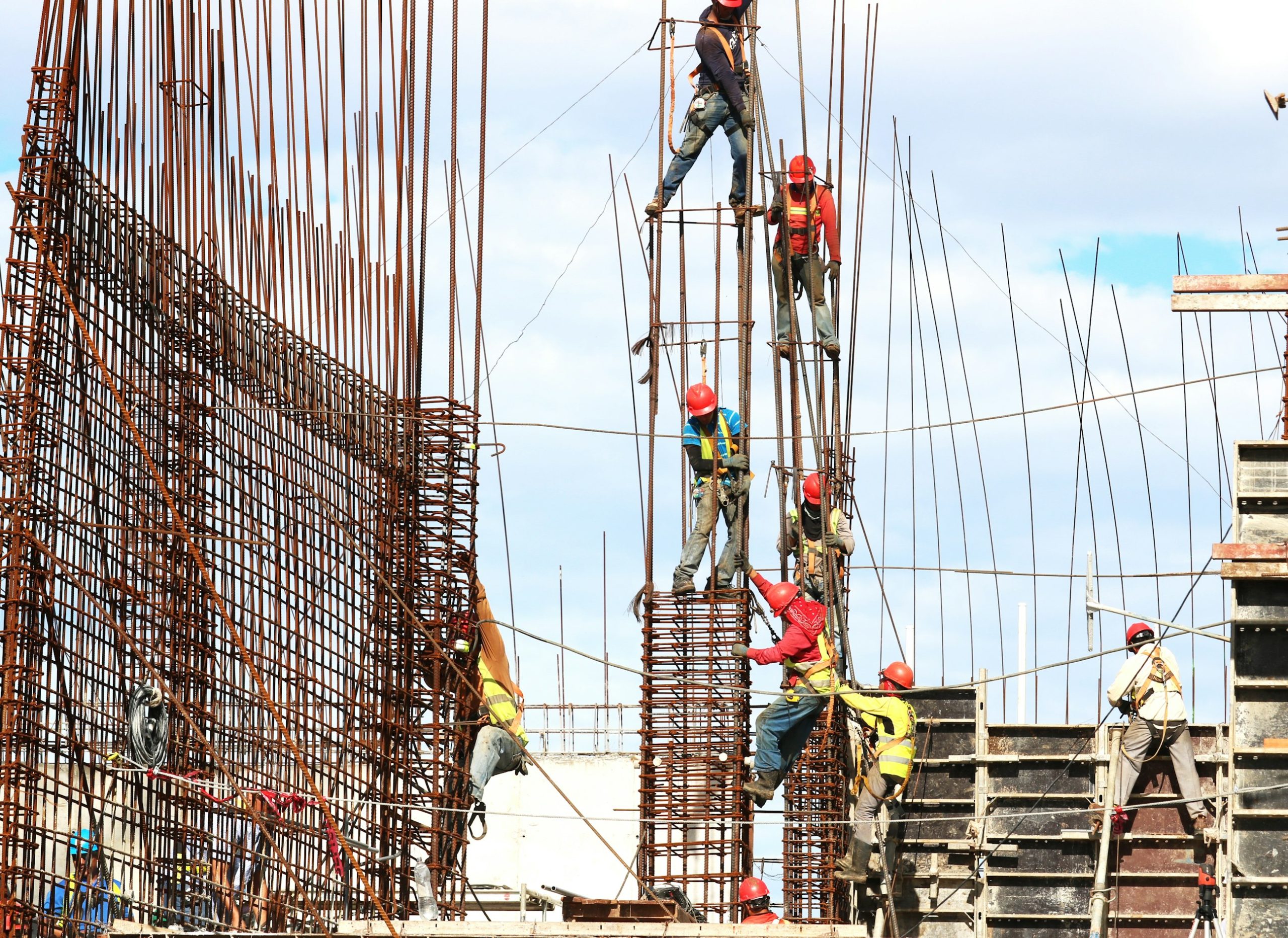The Disconnect Between Site Teams and Consultants: Fixing the Feedback Loop
In construction management, effective communication is fundamental for ensuring projects are executed successfully. However, a significant disconnect often exists between site teams and consultants, primarily driven by barriers that disrupt the feedback loop. In this blog post, we will explore these barriers and present actionable strategies to overcome them, ultimately fostering better collaboration and project management.
Common Barriers to Effective Communication
Understanding the barriers to effective communication is the first step in addressing the disconnect between site teams and consultants. Below are some of the most prevalent barriers:
Lack of Clarity in Messaging
A major challenge that inhibits communication is the lack of clarity in messaging. Ambiguous communication, poorly defined roles, and unclear expectations can lead to misinterpretations and confusion among team members and consultants. As a result, instructions may go unheeded, and critical feedback could be overlooked, ultimately affecting project outcomes.
Hierarchical Communication Structures
Hierarchical structures within organizations can further impede effective communication. Top-down communication models restrict open and transparent dialogue, leading to potential silos in which the voices of site team members are marginalized, which can induce an emotional disconnect. A shift toward a more inclusive communication style is essential.
Cultural and Language Barriers
In increasingly diverse construction environments, cultural and language differences pose additional challenges. Team members and consultants may struggle to understand each other due to linguistic variances or differing cultural practices, complicating collaborative efforts and leading to further misunderstandings.
Emotional Barriers
Emotional barriers such as fear of speaking up or defensiveness also inhibit open feedback. Team members may avoid sharing their thoughts or critiques, especially when dealing with sensitive issues. Cultivating an environment that encourages honest and constructive feedback is vital for effective communication.
Over-Reliance on Technology
While technology plays a significant role in enhancing communication, an over-reliance on digital tools can result in information overload and miscommunication. The balance between utilizing technological resources and fostering personal interactions is crucial for ensuring clarity in discussions.
Inadequate Tools and Resources
Ultimately, the lack of adequate communication tools and resources can impede the feedback loop. Insufficient training in communication skills and absence of platforms that facilitate timely communication further exacerbate the issue, leaving teams feeling unsupported.
Strategies for Overcoming Communication Barriers
To remediate the disconnect between site teams and consultants and enhance the feedback loop, several strategies can be adopted:
Active Listening
Implementing active listening practices among team members and consultants is critical. Engaging with the speaker’s message, summarizing what has been expressed, and posing clarifying questions can improve understanding. Regular feedback sessions can serve as effective practice grounds for honing active listening skills.
Transparent Communication
Establishing a culture of transparent communication is vital. Leaders should promote open forums for discussion and feedback, ensuring that all voices are heard, and that decision-making processes are fully explained. Regular bi-weekly meetings, where progress and challenges are discussed in an open environment, can facilitate transparency.
Open Communication within Hierarchical Structures
Encouraging open communication across all hierarchical levels is essential for bridging gaps and ensuring that everyone’s concerns are addressed. Leaders should foster an environment where all team members feel secure in expressing their thoughts and ideas. Avoiding corporate jargon that may alienate team members is also crucial.
Cultural Sensitivity and Language Support
Recognizing and addressing cultural and language differences is fundamental for fostering better communication. Providing language support and conducting cultural sensitivity training can close the gap and help all team members feel included in the communication process.
Balanced Use of Technology
Finding the right balance between using technology and encouraging face-to-face discussions is key. While digital tools can facilitate communication, they should not serve as a complete replacement for personal interactions, ensuring that rapport and connection between team members are maintained.
Best Practices
- Regular Feedback Sessions: Engage in regular feedback discussions that allow team members and consultants to practice active listening and clarify any concerns or misunderstandings.
- Clear Communication Channels: Establish well-defined, transparent communication channels to facilitate prompt and accurate information sharing.
- Inclusive Culture: Cultivate an inclusive company culture where every team member feels valued and empowered to contribute, regardless of their position.
- Training and Resources: Offer training on effective communication techniques and ensure that adequate tools and resources are available to support efficient communication.
How Zepth Can Help
Zepth stands at the forefront of providing solutions to enhance communication between site teams and consultants through various project management tools. Here’s how Zepth can help streamline this communication:
- Project Management Tools: Zepth offers comprehensive project management tools that facilitate clear and timely sharing of information, reducing the potential for misunderstandings and enhancing the feedback loop.
- Collaboration Platforms: Zepth’s collaboration platforms enable structured and organized communication pathways, allowing team members to share their struggles and insights openly.
- Training and Support: Zepth provides training and support on effective communication skills, assisting teams in overcoming common barriers and cultivating a constructive communication culture.
In conclusion, by implementing these strategies and leveraging the right tools and resources, organizations can significantly improve the feedback loop between site teams and consultants, leading to improved efficiency and effectiveness in project management.




